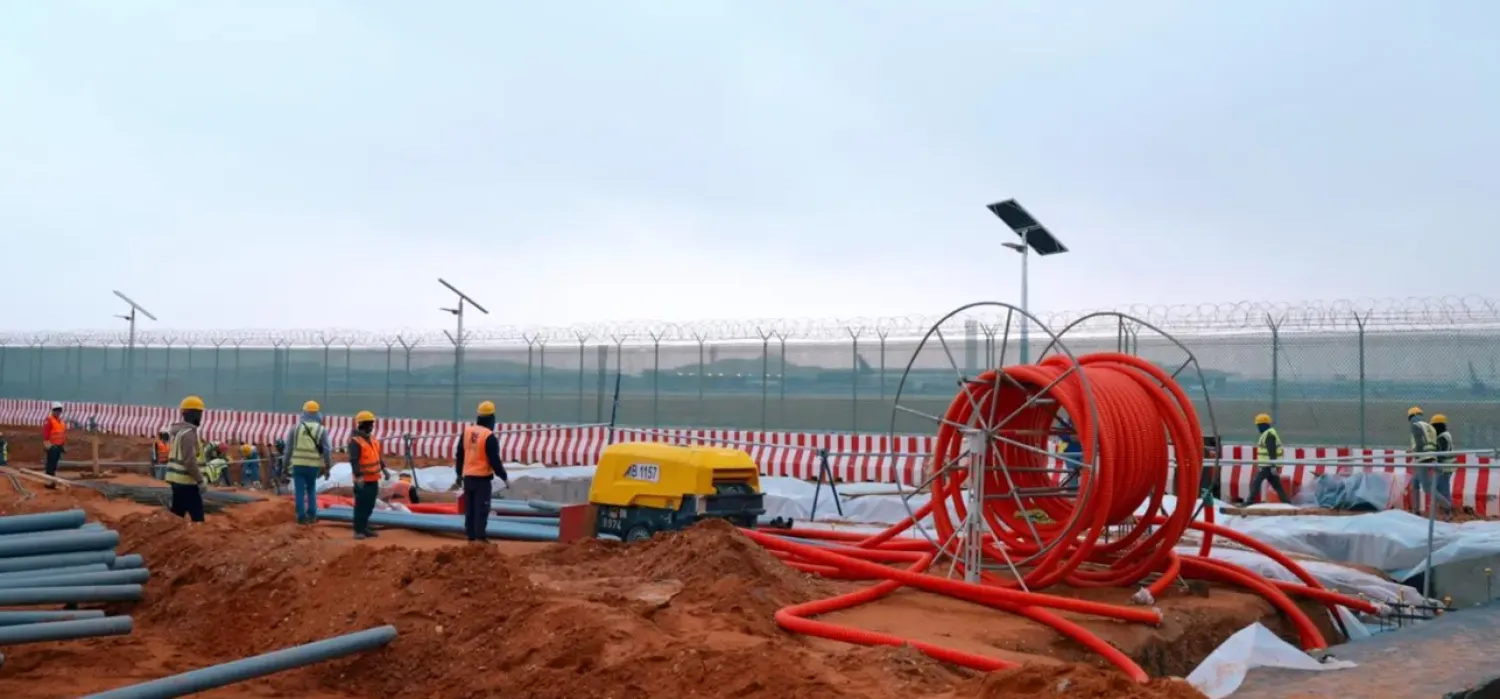Gold prices drifted higher on Monday, aided by worries that the United States could be headed for a recession and rising bets that the Federal Reserve will likely need to start cutting interest rates aggressively.
Spot gold rose 0.14% to $2,446.83 per ounce, as of 0519 GMT, after falling 1% earlier in the session, Reuters said.
US gold futures rose 0.8% to $2,488.50.
"Gold is picking up safe-haven flows, with financial markets in a risk-averse mindset to start the week," said Tim Waterer, chief market analyst at KCM Trade.
"Markets are in a flux about the US economic outlook and whether rate cuts will arrive quickly enough from the Fed."
Share markets tumbled and bonds rallied in Asia as US recession fears sent investors rushing from risk assets.
Data on Friday showed that US job growth in July fell short of expectations, with the unemployment rate rising to 4.3%, pointing to possible weakness in the labor market and greater vulnerability to recession.
Traders are pricing a more than 70% chance of the US central bank lowering rates by 50 basis points in September, compared with an 11.5% chance a week earlier, according to the CME FedWatch tool.
Lower interest rates reduce the opportunity cost of holding a non-yielding bullion.
Meanwhile, on Friday, Richmond Fed President Thomas Barkin maintained a cautious outlook, stating he is not ready to adjust his monetary policy.
Investors will keep a tab on the final July S&P Global services and ISM on-manufacturing PMI due later in the day.
They also kept a close eye on the Middle East conflict, with the Pentagon announcing that the US military will deploy additional fighter jets and Navy warships to the Middle East to strengthen defense against threats from Iran and its allies, Hamas and Hezbollah.
Spot silver was down 0.4% at $28.43 per ounce, platinum fell 1.23% to $946.10 and palladium declined 0.9% to $882.09.
Safe-haven Gold Firms on US Recession Fears, Rate-cut Bets

Marked ingots of 99.99 percent pure gold are placed in a cart at the Krastsvetmet non-ferrous metals plant in the Siberian city of Krasnoyarsk, Russia March 10, 2022. REUTERS/Alexander Manzyuk/File Photo

Safe-haven Gold Firms on US Recession Fears, Rate-cut Bets

Marked ingots of 99.99 percent pure gold are placed in a cart at the Krastsvetmet non-ferrous metals plant in the Siberian city of Krasnoyarsk, Russia March 10, 2022. REUTERS/Alexander Manzyuk/File Photo
لم تشترك بعد
انشئ حساباً خاصاً بك لتحصل على أخبار مخصصة لك ولتتمتع بخاصية حفظ المقالات وتتلقى نشراتنا البريدية المتنوعة







